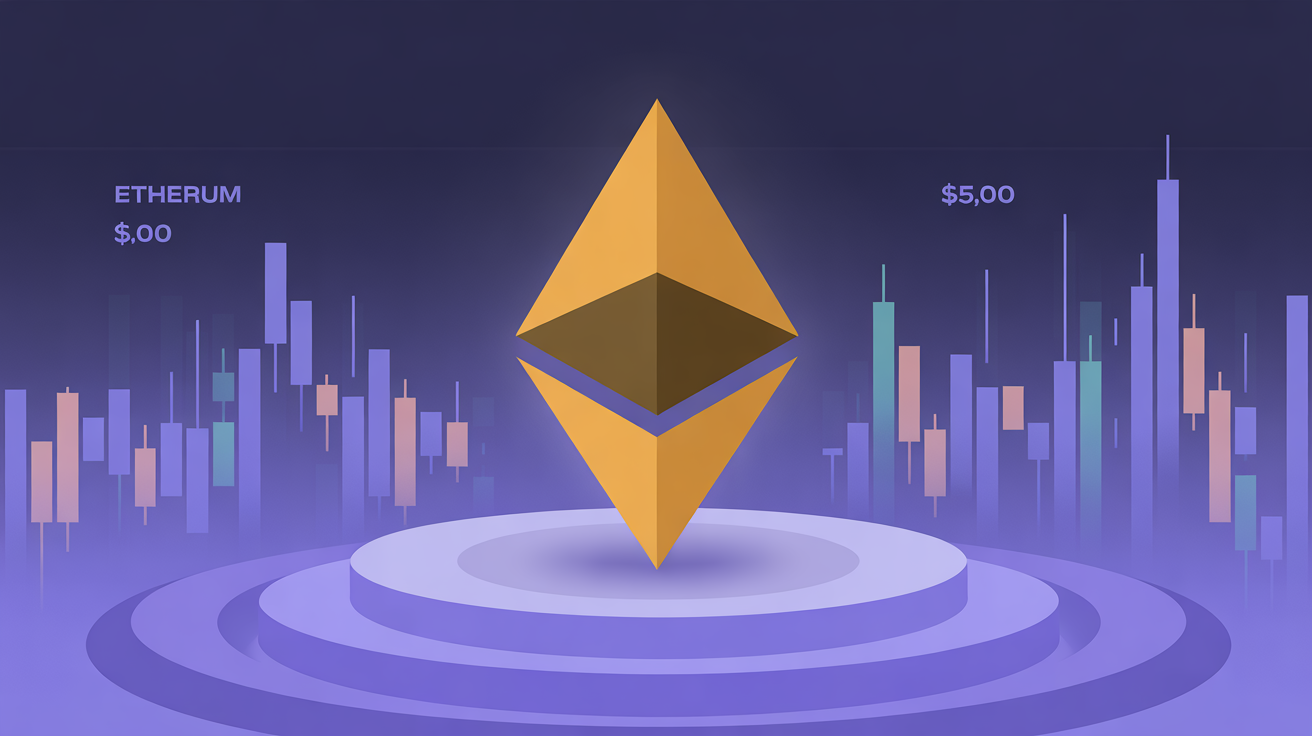March saw a decline in the U.S. CPI, while the core inflation rate increased by just 0.1%.
March Inflation Report Shows Decline, but Tariff Developments Could Impact Future Rate Cuts
U.S. inflation data for March revealed a surprising drop in prices, while core inflation showed only a slight increase, reigniting discussions about whether the Federal Reserve might cut rates in May. However, this data predates the tariff announcements from last week, which could significantly influence future market moves.
The Consumer Price Index (CPI) for March decreased by 0.1%, while economists had anticipated a modest 0.1% increase following February’s 0.2% rise. On a year-over-year basis, the headline CPI grew by just 2.4%, falling short of the 2.6% forecast and lower than the 2.8% seen in February.
Core CPI, which excludes food and energy, increased by only 0.1%, much less than the expected 0.3%, and well below February’s 0.2% rise. Year-over-year, core CPI rose by 2.8%, missing the 3% target and down from 3.1% in February.
Following the report, the price of bitcoin (BTC) saw a modest uptick, briefly surpassing $82,000. However, U.S. stock futures are facing downward pressure, with the Nasdaq 100 dropping 2.7% and the S&P 500 slipping 2.1% on Thursday morning.
It’s important to note that this CPI report reflects data from before President Trump’s announcement of a 90-day pause in tariffs, which caused a market stir. While the tariff pause provided some relief, market participants had been previously pricing in a rate cut by the Fed in May, but those expectations have since fallen to just 17%. Currently, June’s meeting is being seen as the more likely time for a rate cut, with a 75% chance of 25 basis points or more.
All eyes are now turning to the Producer Price Index (PPI) report due on Friday, which could further shape expectations regarding Federal Reserve policy for May and beyond.
Share this content:













